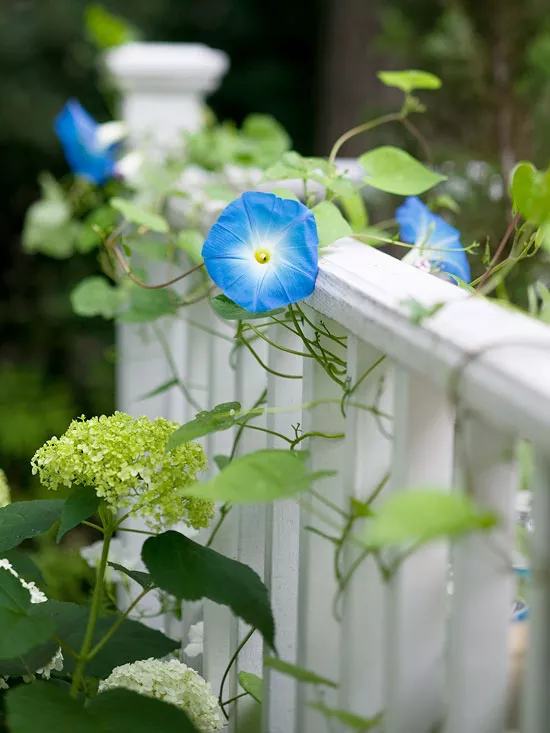Clean and classic, formal landscapes never go out of style. Here's how to get the look in your yard—even if you garden in shade.
Know the Basics
The first step in developing a formal garden is to know the basics. Formal gardens often feature a simple, geometric design, as seen here in Cindy Griffith's Illinois garden. A low boxwood hedge lines a pathway and creates planting pockets for astilbe, hosta, and Annabelle hydrangeas.
Think Linear
Install straight walkways or slightly curved paths made of traditional paving materials, such as brick, bluestone, pavers, or concrete. This creates a sense of order and tidiness.
Here's a hint: Keep your garden looking clean by using an edger to maintain a crisp line around your grass.
Go with Classic Accents
Little accents, such as this simple planter, can create a big impact in the garden. The key here is simplicity—the green-and-white combination matches the rest of the garden. Simple urns have been a container of choice for centuries.
Create Cohesion and Balance
Repeat plant shapes and colors throughout for an organized look. Here, concrete finials are used as decorative accents that repeat the shape and color of Annabelle hydrangea blooms, and the low boxwood hedge mimics the shape of the brick path surrounding the lawn.
Here's a hint: Create balance by mirroring plantings across a walkway or lawn. Symmetrical plantings create calming spaces that don't jar the eye. As a result, they often feel larger.
Add Good Bones
It's common to hear garden designers talk about "good bones." What they mean is the structure of a garden that exists all year, such as the boxwood shrubs, classic fence, and limbed-up trees shown here. If you pick the right structural plants, you'll have a garden that looks good year round.
Limit Your Choices
Though it can be tough to rein yourself in, choosing and sticking to a particular plant palette will help reinforce the feeling of simplicity. Select only a few different structural plants—but create an impact by massing them together.
Here's a hint: White is a traditional color choice for formal gardens. It's also a top pick for shade gardens, as it helps dim, shady spaces feel lighter and brighter.
Take Advantage of Views
One of the benefits of using lots of straight lines in your garden is that they draw the eye and create views. They're perfect for creating focal points—just drop one at the end of a path, or at the end a series of lines, and it becomes dramatic.
Here's a hint: While this deck isn't large, it feels bigger and more elegant when it becomes a focal point at the end of a path—and a prime destination spot.
Consider Your Budget
A lot of gardeners associate formal gardens with big, expensive estates. But you can create the look without spending a fortune. Here, simple furniture painted green blends into the garden's color scheme and creates a comfortable spot to rest in or to entertain in outdoors.
Here's a hint: If you want a more elegant look, get a tablecloth made from an outdoor-friendly fabric that matches your color scheme. Plain colors are usually best for formal gardens.
Decorate with Containers
Whether it's on your deck or patio, or as a focal point in the garden, use containers to create drama and elegance. Here, a plain old terra-cotta pot becomes something magical with the addition of clipped boxwood, 'Silver Falls' dichondra, and purple vinca.
Create Surprises
With all their repetition and symmetry, formal gardens can sometimes feel boring. So don't be afraid to add interest with a few surprises. Here, a splash of sky blue is a perfect accent for all the green and white. When just a bit is used, it's a charming accent that doesn't feel out of place.
Keep It Easy
One of the benefits of formal style is that it's easy to maintain. This garden is nearly maintenance-free. It requires just a bit of deadheading, weeding, mowing, watering, and fertilizing. The plants look great with only a yearly pruning.
Grow Old-Fashioned Plants
Heirloom plants, such as this blue morning glory, extend an ageless charm to the garden and look right at home among other classic features, such as the white deck railing and Annabelle hydrangeas.




















